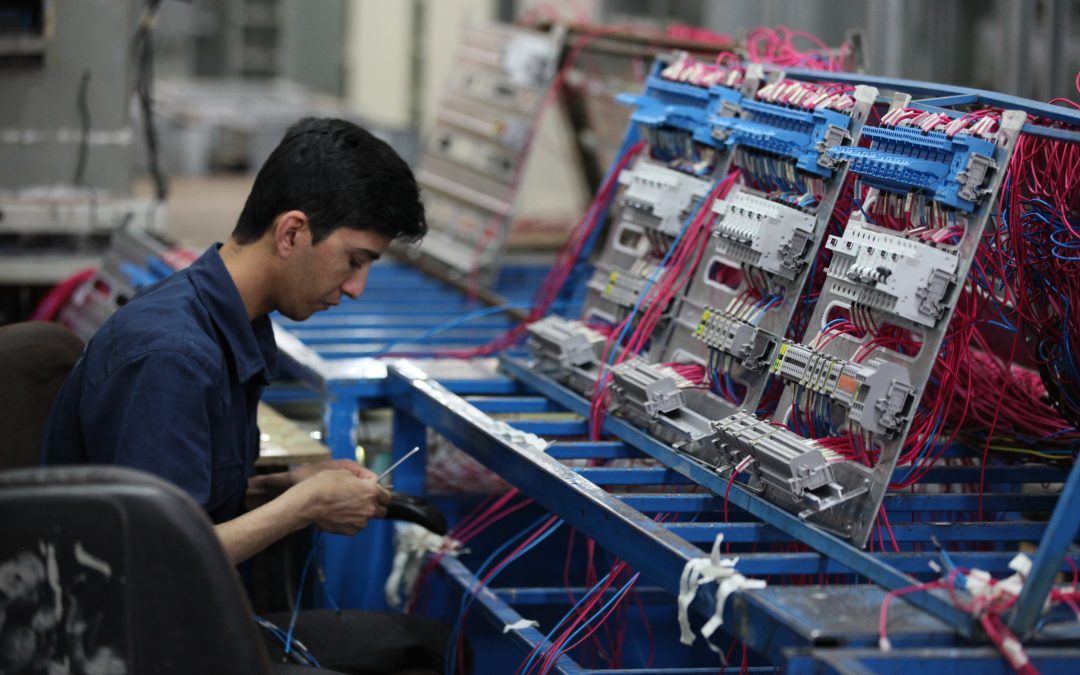Improving indirect material purchasing for Mexican manufacturers involves optimizing procurement processes to reduce costs, increase efficiency, and ensure the availability of necessary supplies. Here are five steps to achieve these goals:
1. Supplier Evaluation and Selection:
- Conduct a thorough assessment of existing suppliers and potential new suppliers.
- Evaluate suppliers based on criteria such as reliability, quality, pricing, lead times, and responsiveness.
- Consider supplier location, as proximity can reduce shipping costs and lead times.
2. Supplier Relationship Management:
- Establish strong, collaborative relationships with selected suppliers.
- Maintain open communication channels to discuss requirements, negotiate terms, and address any issues promptly.
- Consider long-term agreements or partnerships to secure stable pricing and supply.
3. Streamlined Procurement Processes:
- Standardize and streamline your procurement processes to reduce inefficiencies.
- Implement procurement software or an enterprise resource planning (ERP) system to automate ordering, tracking, and reporting.
- Use purchase order (PO) systems to create a structured approach to ordering indirect materials.
4. Demand Forecasting and Inventory Optimization:
Implement demand forecasting techniques to anticipate indirect material needs accurately.
Optimize inventory levels by setting minimum and maximum stock thresholds based on demand patterns.
Implement just-in-time (JIT) or Kanban systems where applicable to reduce excess inventory.
5. Cost Control and Analytics:
- Continuously monitor and analyze indirect material costs and spending patterns.
- Use cost-control strategies such as competitive bidding, negotiation, and cost analysis to obtain the best prices.
- Leverage data analytics and reporting tools to identify cost-saving opportunities and track supplier performance.
Additional Considerations:
Quality Assurance: Implement quality control measures to ensure that indirect materials meet specified standards. Regularly assess and audit suppliers for quality compliance.
Compliance and Documentation: Stay informed about import/export regulations, tariffs, and customs requirements between Mexico and other countries. Ensure all documentation is complete and accurate to avoid delays and compliance issues.
Technology Adoption: Embrace digital transformation by adopting modern procurement technologies. These can help with supplier management, procurement automation, and data analytics.
Training and Skill Development: Invest in training and skill development for your procurement team to keep them updated on best practices and industry trends.
By implementing these steps and considering the additional considerations, Mexican manufacturers can enhance their indirect material purchasing processes, reduce costs, improve efficiency, and better support their production operations. It’s important to tailor these strategies to your specific industry, company size, and unique supply chain needs.

